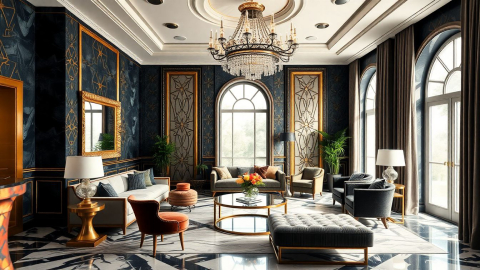Mid-Century Modern Interior Design: A Timeless Aesthetic
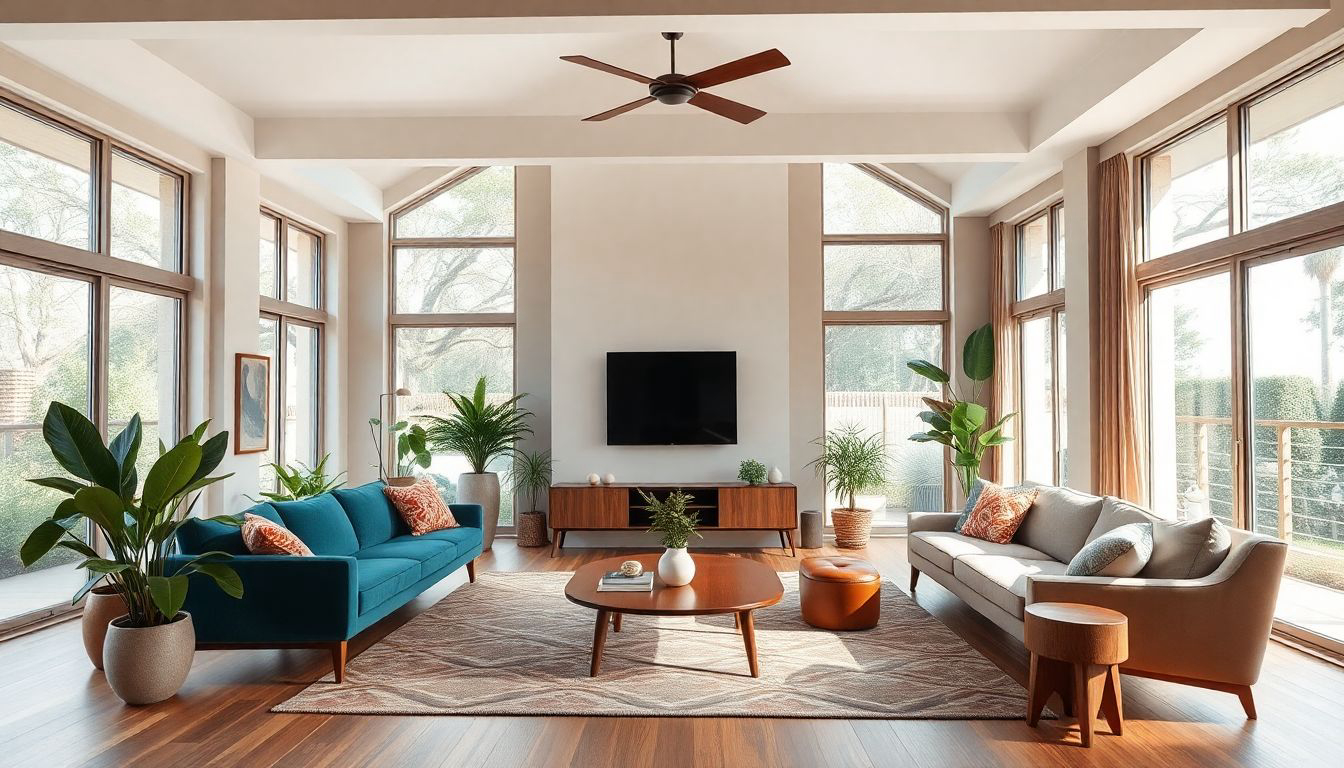
With 73% of interior design enthusiasts expressing a preference for mid-century modern aesthetics, the style's enduring appeal is undeniable (Vogue). This design movement, which originated in the mid-20th century, continues to captivate homeowners, designers, and students of design with its clean lines, organic forms, and seamless integration of indoor and outdoor spaces. In this blog post, we'll delve into the defining characteristics of mid-century modern design, its historical context, and how to incorporate its timeless appeal into contemporary interiors.
Historical Context and Evolution
Mid-century modern design emerged during a period of significant societal and technological change, heavily influenced by German Bauhaus architects who brought a preference for simplicity and functionality to America (WPL Design). The post-war era, marked by economic growth and an expanding middle class, saw a demand for affordable and practical design, leading to the rise of mid-century modern. This style focused on function over form without sacrificing beauty, a principle that resonates with contemporary living spaces.
The movement was not just about aesthetics; it was a response to the need for mass production to meet the housing demands of returning veterans and their families. The availability of new materials and technologies allowed for innovative furniture designs and architectural features like open floor plans and large windows, which were essential for dismantling the partition between the interior and exterior (WPL Design).
Key Characteristics of Mid-Century Modern Design
Mid-century modern design is characterized by several key elements:
Clean Lines and Minimalism: The style emphasizes simplicity and functionality, with furniture often featuring streamlined forms and functional elegance. The use of slender, tapered legs enhances the visual spaciousness of rooms, reflecting a minimalist approach to design (WPL Design).
Organic Shapes and Nature: Incorporating elements of nature, such as houseplants and organic shapes, is crucial for achieving an authentic mid-century modern ambiance. This not only purifies the air but also introduces vibrant textures and colors, enhancing the overall aesthetic (WPL Design).
Color Palette: The color palettes in mid-century modern design often feature bold and vibrant hues alongside earthy tones, reflecting the era's penchant for both subtlety and boldness (WPL Design).
Materials: Wood, metal, glass, and plastic are commonly used materials, showcasing the natural grain of wood or the sleek lines of metal and glass (Retro Renovation).
Integration with Nature: The design style is known for its integration with nature and outdoor spaces, often featuring large windows to connect the indoors with the outdoors (Mid-Century Modern HUB).
Incorporating Mid-Century Modern Elements
To bring mid-century modern design into your home:
Embrace Natural Light: Large windows or skylights can illuminate spaces and create a feeling of spaciousness, a hallmark of mid-century modern aesthetics (WPL Design).
Choose Furniture Wisely: Opt for pieces that marry form with function, embodying simplicity yet offering comfort. Look for furniture with organic curves and clean lines, often elevated on slender legs (WPL Design).
Use of Wood and Organic Materials: Incorporate furniture and finishes that showcase the natural grain of wood, complemented by other materials like polished metal, stone, or textured glass (WPL Design).
Indoor-Outdoor Flow: Select furniture that can transition between indoor and outdoor spaces, encouraging a flexible approach to living (WPL Design).
Sustainable Practices in Mid-Century Modern Design
The mid-century modern movement's focus on functionality and simplicity lends itself well to sustainable design practices. Here's how you can adapt this style for eco-friendly living:
Reuse and Repurpose: Vintage mid-century pieces can enhance authenticity while promoting sustainability through reuse (Retro Renovation).
Material Choices: Opt for materials that are natural and renewable, like wood from sustainable forests or recycled metal and glass (WPL Design).
Energy Efficiency: The use of large windows not only connects the interior with nature but also maximizes natural light, reducing the need for artificial lighting (WPL Design).
Conclusion
Mid-century modern design's timeless appeal lies in its ability to blend functionality with aesthetics, offering a style that is both visually stunning and deeply connected to nature. Its principles of simplicity, organic forms, and integration with the outdoors continue to influence contemporary design, proving that good design never goes out of style. Whether you're looking to update a single room or redesign your entire home, incorporating elements of mid-century modern design can create a space that is both stylish and sustainable, reflecting a deep appreciation for the era's innovative spirit.
References:
- "Why Mid-Century Modern Interior Design Continues to Reign Supreme" by Vogue - Link
- "Mid-Century Modern Design: A Timeless Trend" by WPL Design - Link
- "Retro Renovation - Remodel & Decorate in Mid Century Style" by Retro Renovation - Link
- "Mid-Century Modern HUB" by Mid-Century Modern HUB - Link
More Articles
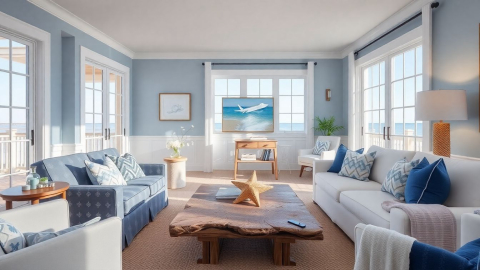
Coastal Chic: A Satirical Dive into the World of Coastal Interior Design

Industrial Interior Design: The Sustainable and Textural Revolution
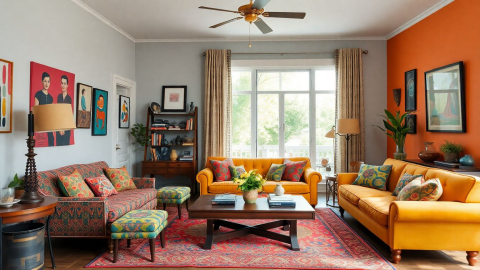
Embracing Eclectic Interior Design: A Journey of Personal Expression
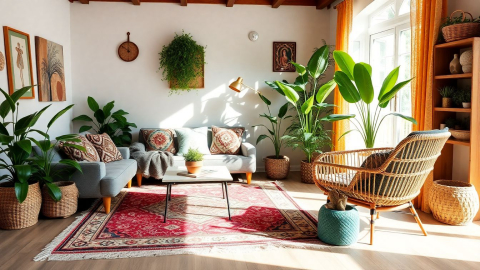
25 Bohemian Style Decorating Ideas for 2024

Victorian Interior Design: Blending Timeless Elegance with Modern Sensibilities
